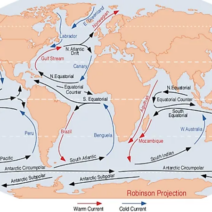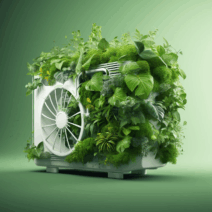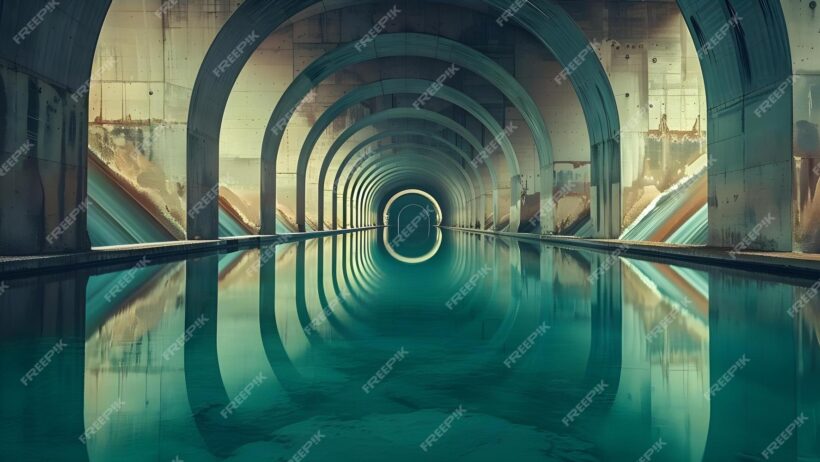Hydroelectric energy production is often lauded for its capacity to generate clean, renewable energy. However, what is less frequently discussed is its potential role in conserving water resources. The intricate relationship between hydroelectric power and water usage underscores the importance of examining how these plants operate and their environmental implications. This exploration reveals that hydroelectric facilities not only harness energy from flowing water but can also contribute to water conservation, paralleling the goals of sustainability in energy production. Below, we articulate the mechanisms through which hydroelectric energy production can conserve water while also providing a broader understanding of the topic.
Hydroelectric power plants typically function by utilizing the kinetic energy of flowing or falling water—usually from a river or dam—to turn turbines, which then generate electricity. This interaction is founded upon a cyclical water usage mechanism that, under ideal circumstances, can result in significant water conservation. Specifically, traditional coal or natural gas power plants consume vast quantities of water for cooling and operational processes. In stark contrast, hydroelectric plants utilize water efficiently, often returning it to its natural course after generation. This cycling conserves the local hydrological ecosystem and minimizes evaporative losses.
Moreover, hydroelectric energy systems can integrate various technologies that emphasize water recycling. For instance, some advanced hydroelectric facilities employ closed-loop systems, where water is recirculated rather than discharged after use. Such innovations highlight the opportunity to mitigate waste and ensure the sustainability of local water bodies. As global temperatures rise and freshwater resources dwindle, these practices could prove invaluable in nurturing both energy efficiency and water security.
Additionally, modern hydroelectric systems exhibit a remarkable flexibility in their design. Run-of-river hydroelectric plants, for example, utilize the natural flow of a river without the need for extensive damming. As a result, they exert less pressure on water ecosystems. With less alteration of the natural landscape, these plants leave streams and rivers relatively undisturbed, reducing evaporation and protecting aquatic life. Therefore, these types of systems illustrate that energy production can exist in harmony with natural water conservation efforts.
The strategic management of water resources within hydroelectric power also plays a pivotal role in conserving water during periods of low flow. Seasonal fluctuations in water availability can present challenges for hydroelectric facilities. During drought conditions, electricity generation may be compromised. However, by employing adaptive reservoir management techniques, these plants can optimize water release schedules. Such foresight enables the retention of water during dry spells while still meeting energy demands, thus acting as a buffer against water scarcity.
Moreover, hydroelectric plants can synergize with other forms of renewable energy to enhance overall efficiency while promoting water conservation. By diversifying energy sources—including wind and solar—the operational dependence on water-intensive power generation can be significantly reduced. This approach not only enhances energy resilience but also preserves water sources for agricultural and urban needs, forging a sustainable path forward in energy and water management.
Another compelling aspect of hydroelectric energy production is its role in community collaboration and education. Local stakeholders, including indigenous populations and environmental organizations, often engage in discussions regarding water rights and conservation. Through such dialogues, communities can develop strategies that prioritize both energy generation and water preservation. Shared governance over water resources fosters a collective responsibility towards eco-efficiency, which ultimately culminates in beneficial outcomes for both energy and water security.
In instances where hydroelectric facilities are constructed, concerns surrounding their ecological footprint frequently arise. The creation of reservoirs can lead to the inundation of large areas, potentially affecting local ecosystems. Nevertheless, progressive hydroelectric projects are increasingly designed with ecological considerations in mind, aiming to minimize adverse impacts on aquatic habitats. By including fish ladders and other environmental mitigation strategies, these projects can help maintain biodiversity while simultaneously generating clean energy. Thus, responsible hydropower development acknowledges the necessity for ecological balance, reinforcing conservation commitments across multiple domains.
Furthermore, recent advancements in technology play a vital role in optimizing hydroelectric energy production while conserving water resources. Innovations in turbine design, for example, have improved efficiency, allowing for higher energy yields with reduced water flow. These technological breakthroughs shed light on the potential for further advancements, paving the way for even more sustainable hydroelectric practices. As technologies progress, the confluence of energy generation and environmental stewardship becomes increasingly viable, promising a future marked by enhanced water conservation.
Yet, the road to sustainable hydroelectric energy production is fraught with challenges. As climate change intensifies, ensuring adequate water flow for hydroelectric generation is becoming increasingly precarious. An evolving climate landscape necessitates adaptive management strategies and robust policy frameworks that can respond to changing hydro-meteorological conditions. The integration of comprehensive water management policies within hydroelectric operations not only fosters resilience but cultivates an environment ripe for both energy production and water conservation.
In summary, hydroelectric energy production has an inherent capacity to contribute to water conservation through several mechanisms. Employing innovative technologies, fostering community collaboration, and implementing adaptive management strategies are essential pathways toward achieving a harmonious equilibrium between energy generation and water resource stewardship. The significance of these dynamics cannot be overstated, especially given the escalating challenges posed by climate change and the growing urgency for sustainable practices. Through thoughtful integration of hydropower and water management, society can forge a sustainable future that accentuates the interdependence between energy and our planet’s most precious resource—water.







